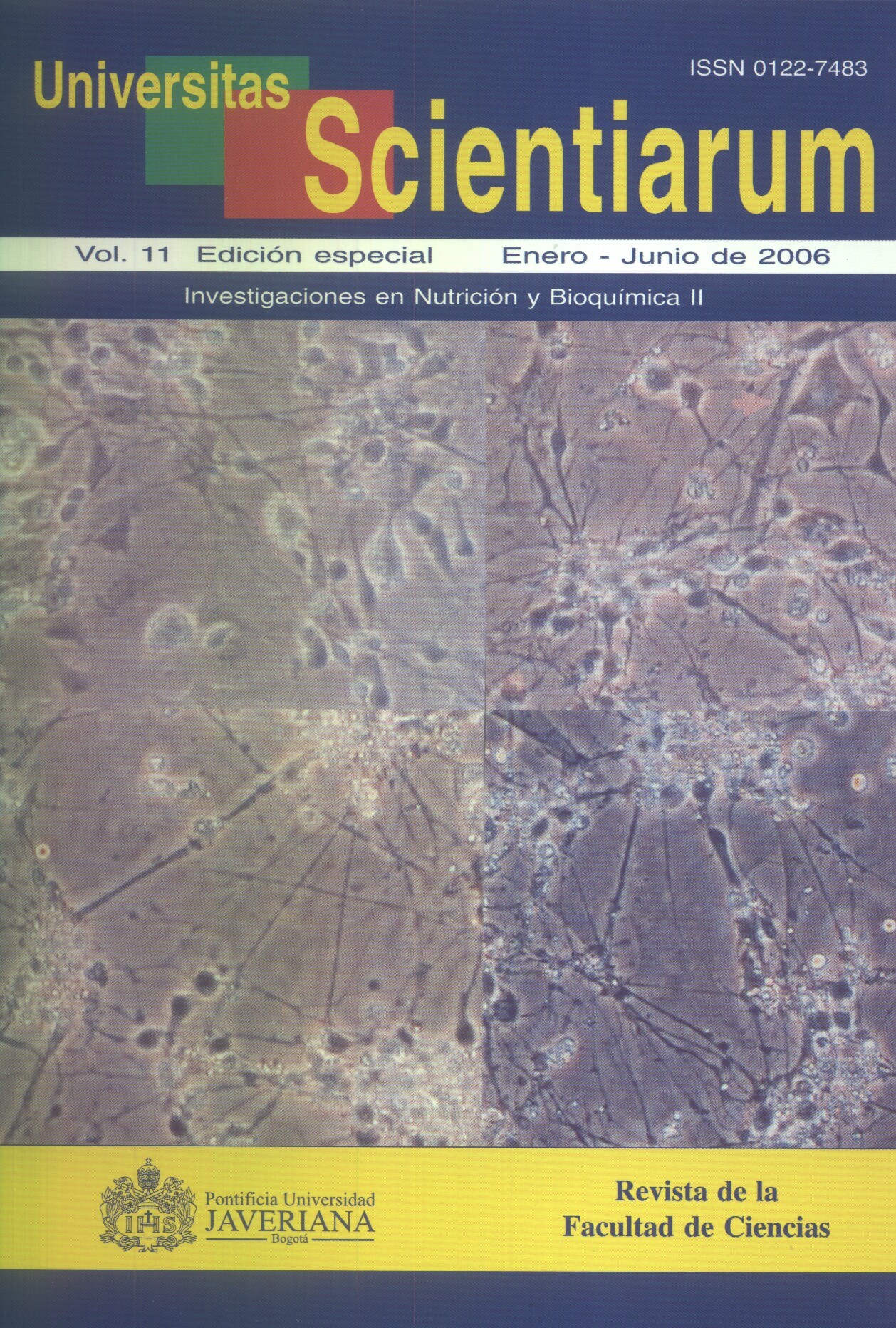Abstract
La identificación de segmentos funcionales dentro del DNA es uno de los campos más estudiados en la actualidad, debido a la generación de grandes volúmenes de información a partir de los proyectos genómicos, las predicciones computacionales han atraído la atención de la comunidad científica en general. En este marco la identificación de secuencias reguladoras se erige como un importante campo del análisis de genomas; sin embargo, dada la enorme complejidad del proceso de regulación de la transcripción aunque promisorios el problema de la predicción de las zonas reguladoras no se ha solucionado en su totalidad. Este artículo presenta una descripción de algunas aproximaciones desarrolladas para la identificación de promotores y sus elementos cis-reguladores, también se describen las estructuras de señales funcionales y estructurales que son diana de reconocimiento de algunos de estos programas de predicción aplicados al gen que codifica para la subunidad NR1 del receptor de glutamato sensible a N-metil-D-aspartato (iGluRNMDA) el cual ha sido objeto de estudio desde la década de los noventa.Univ. Sci. is registered under a Creative Commons Attribution 4.0 International Public License. Thus, this work may be reproduced, distributed, and publicly shared in digital format, as long as the names of the authors and Pontificia Universidad Javeriana are acknowledged. Others are allowed to quote, adapt, transform, auto-archive, republish, and create based on this material, for any purpose (even commercial ones), provided the authorship is duly acknowledged, a link to the original work is provided, and it is specified if changes have been made. Pontificia Universidad Javeriana does not hold the rights of published works and the authors are solely responsible for the contents of their works; they keep the moral, intellectual, privacy, and publicity rights. Approving the intervention of the work (review, copy-editing, translation, layout) and the following outreach, are granted through an use license and not through an assignment of rights. This means the journal and Pontificia Universidad Javeriana cannot be held responsible for any ethical malpractice by the authors. As a consequence of the protection granted by the use license, the journal is not required to publish recantations or modify information already published, unless the errata stems from the editorial management process. Publishing contents in this journal does not generate royalties for contributors.



